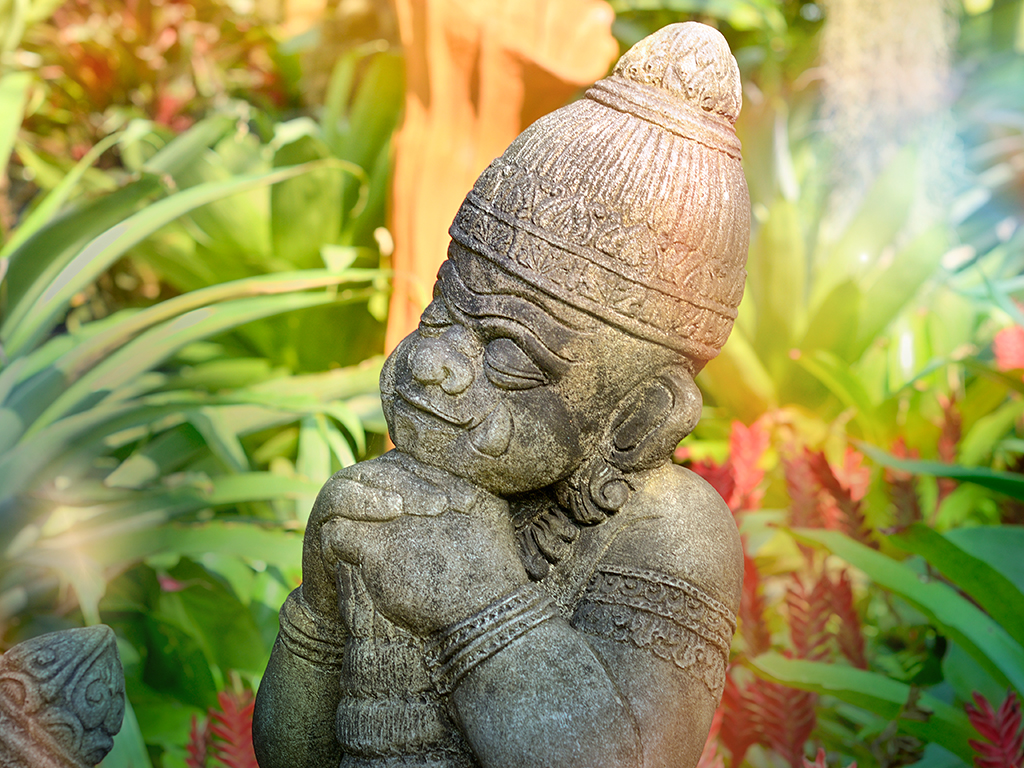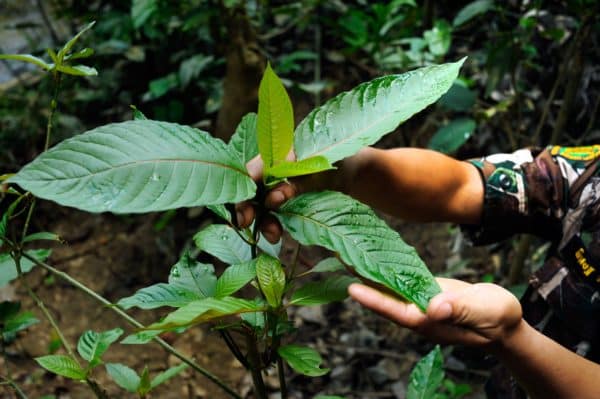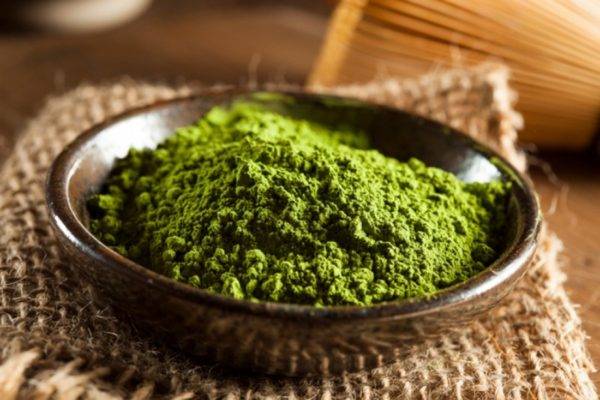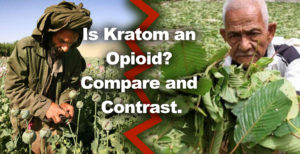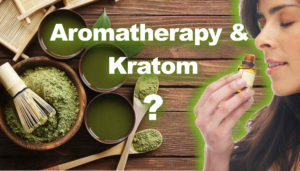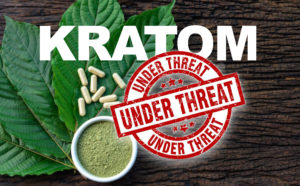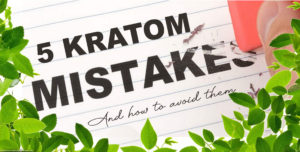To accurately answer the question “who discovered kratom?”, we must first understand the historical background of kratom. Cutting to the chase, the modern discovery of kratom, for the Western world, is attributed to Pieter Wilhelm Korthals.
Kratom (called “ketum”, “krathum”, and “biak”, scientific name: mitragyna speciosa) is a natural plant that is a member of the coffee family. It’s not a modern designer drug, it’s not a “get high” chemical thrill, it’s not an opioid, and it’s not some weird tribal hallucinogen.
Kratom has been used traditionally in Southeast Asia for a wide variety of ailments and benefits. Laborers historically are said to have used kratom to maintain endurance, increase productivity, to relieve pain, or to relax after a hard day of work.
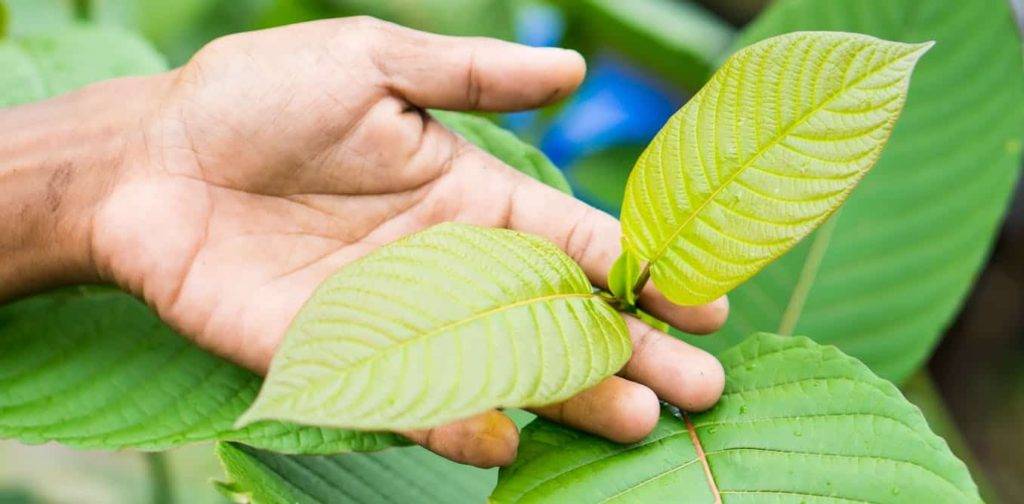
What’s it like chewing a fresh leaf of kratom? Those who have done so state that the effects are far faster and more powerful than what you get with kratom powder. It’s said to provide a cleaner buoyant feeling and longer lasting energy. However, imported dried powder kratom retains the full spectrum of benefits.
Until the FDA officially approves kratom as a dietary supplement, we legally and ethically cannot name the specific alleged medical benefits of kratom, though we can tell you, in general terms, with no guarantees or implied promises, what our customers report.
In Southeast Asia, the traditions of kratom usage hearken far back into the impenetrable shadows of distant antiquity. Kratom has been, for many generations, a standard dietary supplement. Workers have been using it for centuries to alleviate various physical conditions brought on by their labor.
So, it’s not easy to answer the question as to who discovered kratom. It’s just been around, people have used it, and it’s that simple. It’s part of regular life, nibbling on a fresh kratom leaf as you work in the field, or drinking fresh kratom leaf tea on the weekends to unwind.
Kratom is appreciated and enjoyed, but it’s no big deal to the native people in Indonesia, Malaysia, Thailand, Cambodia, Burma, Laos, Sumatra, Vietnam, the Philippines, and other places where it grows abundantly, in wild jungles and on farms.
The person who found kratom being used by indigenous tribes, and his intrigue impelled him to start researching and writing about it scientifically, was a Dutch botanist, who was traveling to Malaysia in the mid-1800s.
His name, as stated previously, was Pieter Wilhelm Korthals.
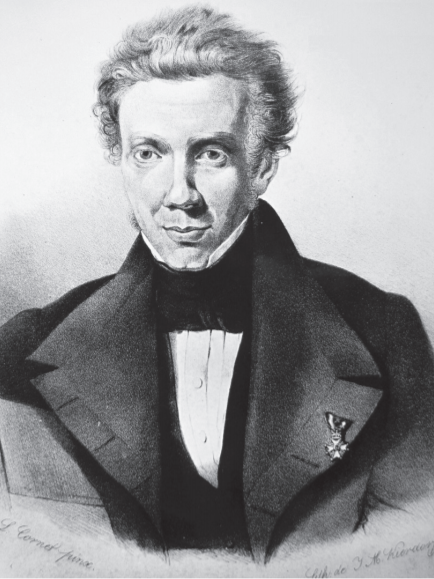
For kratom fans, this gentleman is the patron saint of kratom, the appointed pioneer, the resplendant revelator. He described kratom in professional journals and reports in 1839, the first Western scientist to mention kratom. His story is a wonderful record of respect for local peoples and awe at their natural elixirs. It is a tale we in the kratom kingdom like to ponder when we gather and as we travel on our own paths.
Korthals was employed by the Dutch East India Company as its official botanist from 1831 to 1836.
At that time, many Dutch citizens were operating businesses in, or traveling back and forth to, Malaysia. As Korthals observed the daily life of Malaysians, he was astonished at seeing so many of them happily chewing jumbo-sized leaves of a mysterious plant that grew lavishly, up to 80 or 90 feet tall, in their area.
Korthals thought that kratom leaves in their lush condition looked a bit like a bishop’s mitre, which is a special ceremonial hat of the bishops of the Netherlands who are of the Catholic faith. So the word “mitre” contributed to the “mitragyna speciosa” botanical name of the plant.
Historians tell us that there exists reliable evidence that Thailand villagers used kratom in the 1700s. Both opium and kratom were legal and popular. But Thailand government did not like how kratom usage was decreasing opium usage, thus depriving the officials of the opium tax money. So eventually, kratom was made illegal in Malaysia and Thailand, and since that time, the bulk of the trade comes from Indonesia now.
It was in 1859 that kratom received its scientific name mitragyna speciosa.
In 1907, British botanist L. Wray wanted to discover if kratom could be used as an herbal alternative in the United Kingdom and the Western world. He sent samples of kratom to a colleague at the University of Edinburgh, who isolated the strains that they thought they could best use medicinally.
By 1921, some of the psychoactive strains of the plant were finally identified. In 1930, I. H. Burkill stated that the plant could be used to help relieve symptoms of diarrhea and other stomach issues.
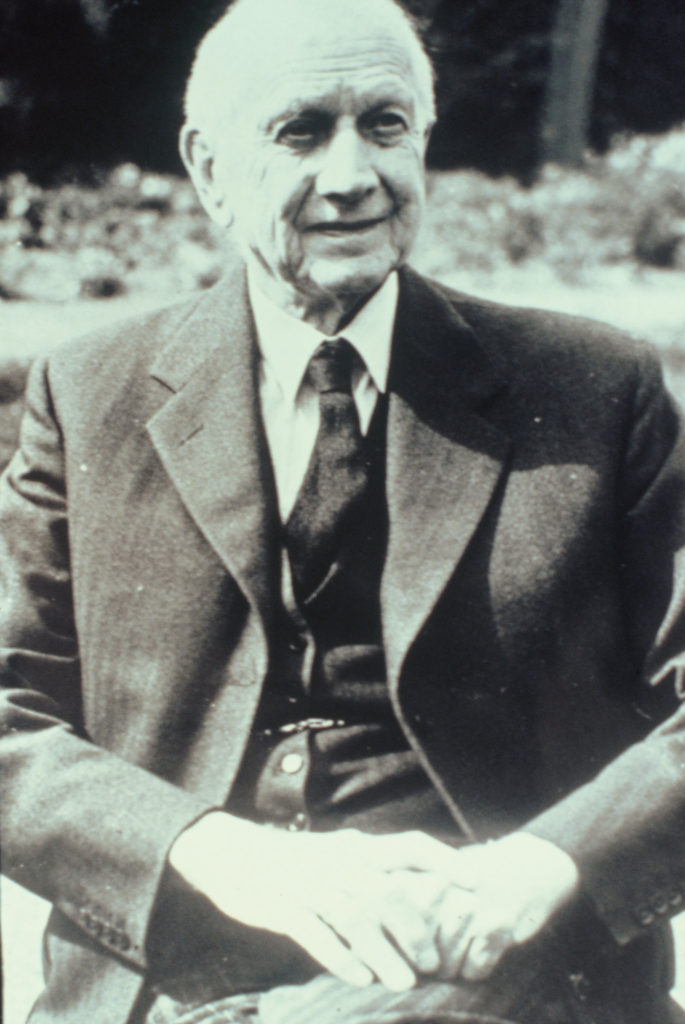
Those who lived in Southeast Asia already understood all the benefits and applications of kratom, their beloved native plant. The understanding of the Western world lagged far behind and required the pioneering work of scientists willing to probe the mysteries of this intriguing specimen of nature.
In 1943, the Thai government banned kratom. This is most likely because the government profited off of the sales of opium, and kratom competed with it. As a result, they placed it in the same category as both heroin and cocaine.
Kratom seems to have been, among many other things, a simple pick-me-up, like it’s botanical cousin coffee. It was also used a poor man’s substitute for opium at that time. Those who could not afford opium would turn to the much less expensive kratom. But opium users and kratom users have historically, in terms of lifestyle and social behavior, had nothing similar about them.
Opium users, with their escalating dosage amounts and frequencies, and with the high prices street dope commands, have contributed to the cliché “dope fiend” stereotype of someone who lies, steals, exploits others, and prostitutes themselves for more and more opioids.
Those who use kratom are not at all like that broad generalization of what some call “junkies”. Kratom is not a true narcotic, and although kratom is said to mimic some attributes of cocaine and heroin, kratom is not a thrill-seeker’s party high, nor is it a super addictive drug. People who use kratom tend to lead normal, productive adult lives and contribute much to society.
It’s unfair to say someone who was a heroin addict, who now uses kratom, is still a “user” and exhibiting “drug seeking behavior”. The kratom customer is simply solving one or more issues, by taking advantage of a natural plant substance, with thousands of years of human consumption history.
The bottom line is that kratom was made illegal, not because of its dangers to the public, but due to complex political and corporate Big Pharma schemes. Usage of kratom was causing a drastic decline in the sales of opioids and other drugs. This conflict continues today, but we who champion kratom legality and proper usage are banding together to help society understand this wonderful gift of nature.

